The end of the (virtual) world: what happens when the servers are switched off
The legacy and future of virtual worlds is explored in ‘Between Worlds‘, a new exhibition at The Photographers’ Gallery, London
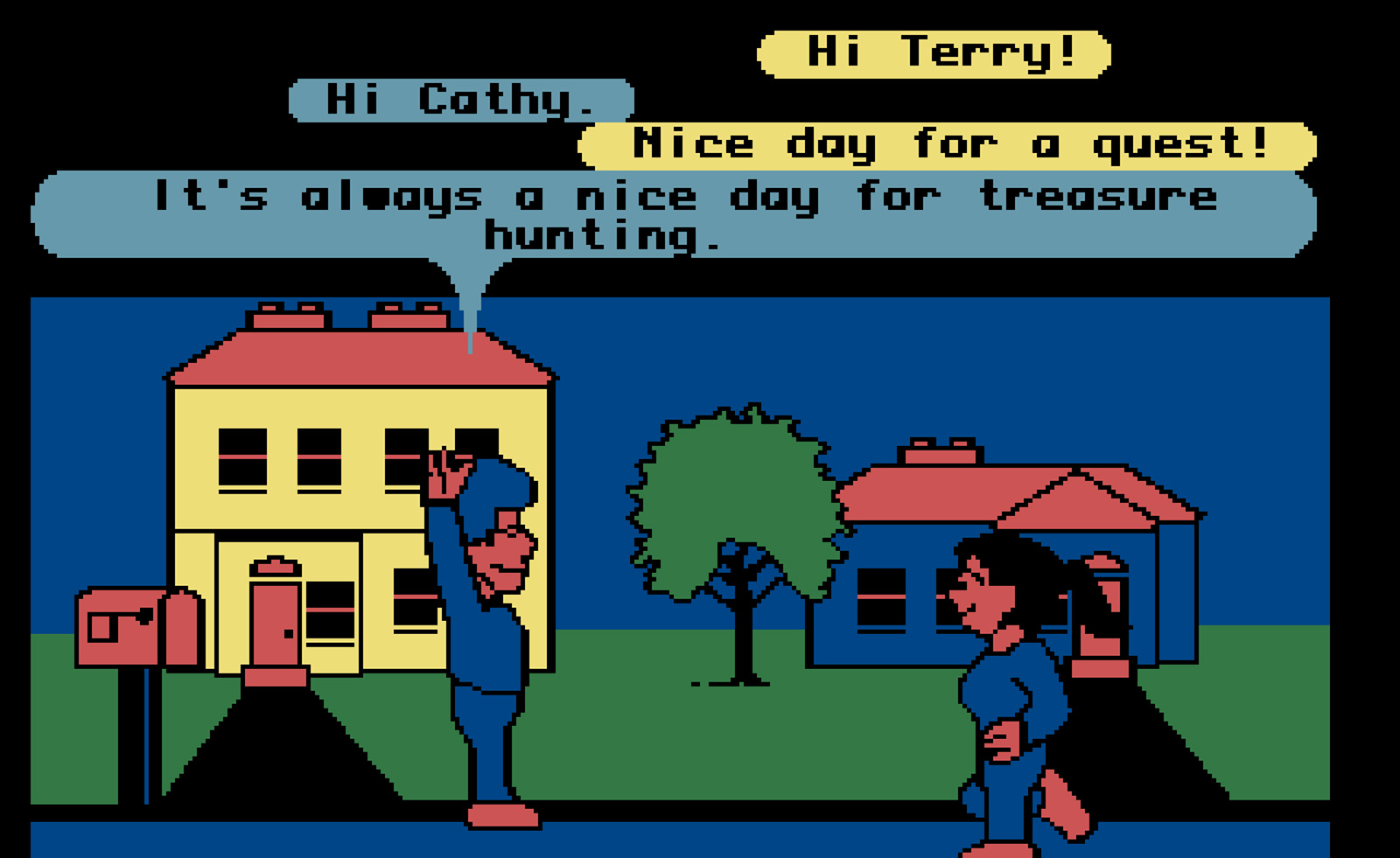
Virtual worlds, briefly digital epicentres of user communities and all-consuming lifestyles lived online, tend to burn brightly before disappearing, hosting one last ‘end of the world’ party before the servers are permanently switched off.
The journey since the earliest online games – from Maze, the first 3D first-person game to be created, to PlayStation Home, WorldsChat and Myst Online – is now traced by a new London exhibition. ‘Between Worlds’, which opened this summer to mark the 20th anniversary of Second Life, a rare example of a still-active virtual world, explores these online communities.
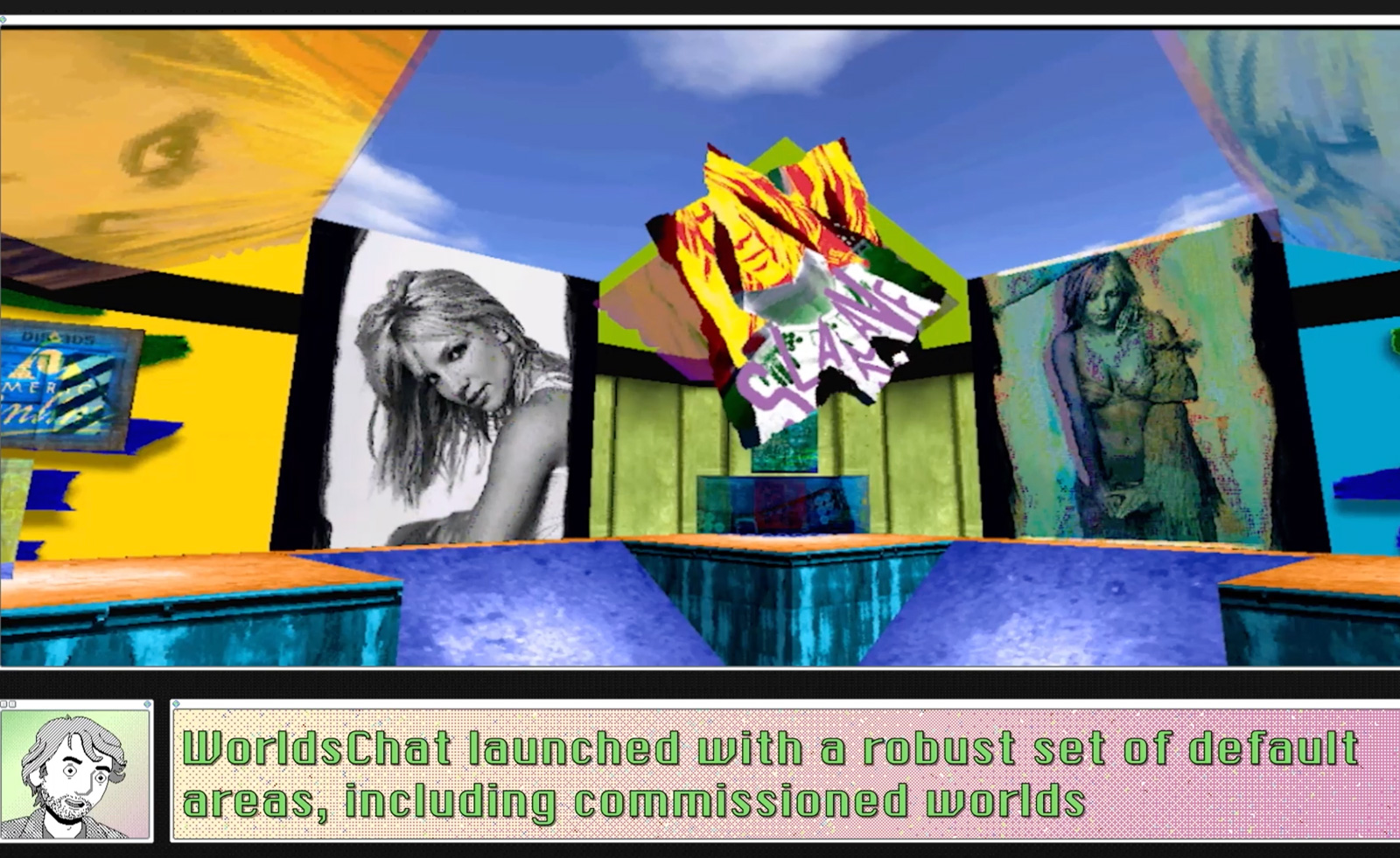
Preserving Worlds (still from Season 1, Episode 1: WorldsChat).
‘The exhibition traces the development of early virtual worlds (for example Habitat from 1985) and compares how the premise of alternative worlds, as spaces for virtual communities to flourish, developed into the 2000s, where it became commercialised through platforms such as Second Life, and resurfaces today through both corporate and public promises of metaverses,’ say the exhibition’s curators Sam Mercer and Arieh Frosh. ‘Rather than being nostalgic, the exhibition aims to bring attention to the attitudes and politics that structure these spaces, and the communities that inhabit them.’
The exhibition considers what happens to these now-defunct communities, looking at YouTube videos marking the endings, and web documentary Preserving Worlds, which focuses on how the communities are maintained.
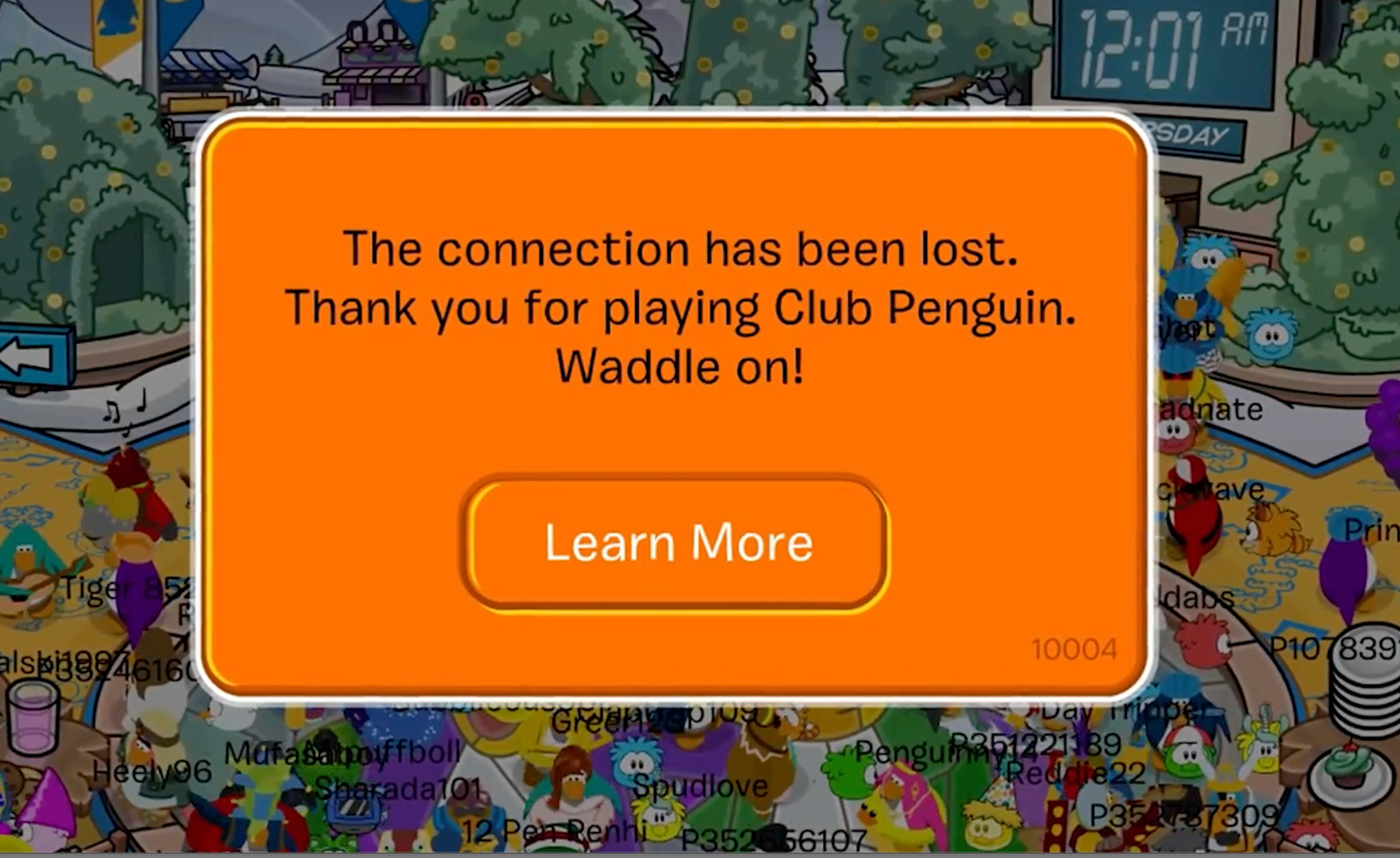
World Endings (still from Club Penguin)
A newly commissioned video game, World Imagining Game, by Glasgow-based creative developers Benjamin Hall and Frances Lingard, is also included in the exhibition, encouraging players to create their own characters, mode of gameplay and to think about how their world will be moderated.
‘We take a critical look at virtual worlds and wanted to think more about what the general public wants from these spaces that we are told are the future, ones that will have an increasing importance in access to services, entertainment, socialising and work,’ Frosh and Mercer add.
‘Some of the questions we are asking are: who designs virtual worlds, and for whom? What are the economic and ecological realities of these spaces? To produce this we worked with Hall and Lingard. We mapped out a game in which the players design a virtual world from its initial creation and imagine its demise: what happens to the users, the content, the cultures that existed there? As you play the game and answer a series of questions, a visual representation of your virtual world emerges. Upon completing the game, your world will be added to an online repository of hundreds of other imagined worlds, with a selection printed and added to the space at the gallery.’
Receive our daily digest of inspiration, escapism and design stories from around the world direct to your inbox.
‘Between Worlds’ at The Photographers’ Gallery, London, is open from 23 June – 24 September 2023
thephotographersgallery.org.uk

Preserving Worlds (still from Season 1, Episode 6: Second Life).
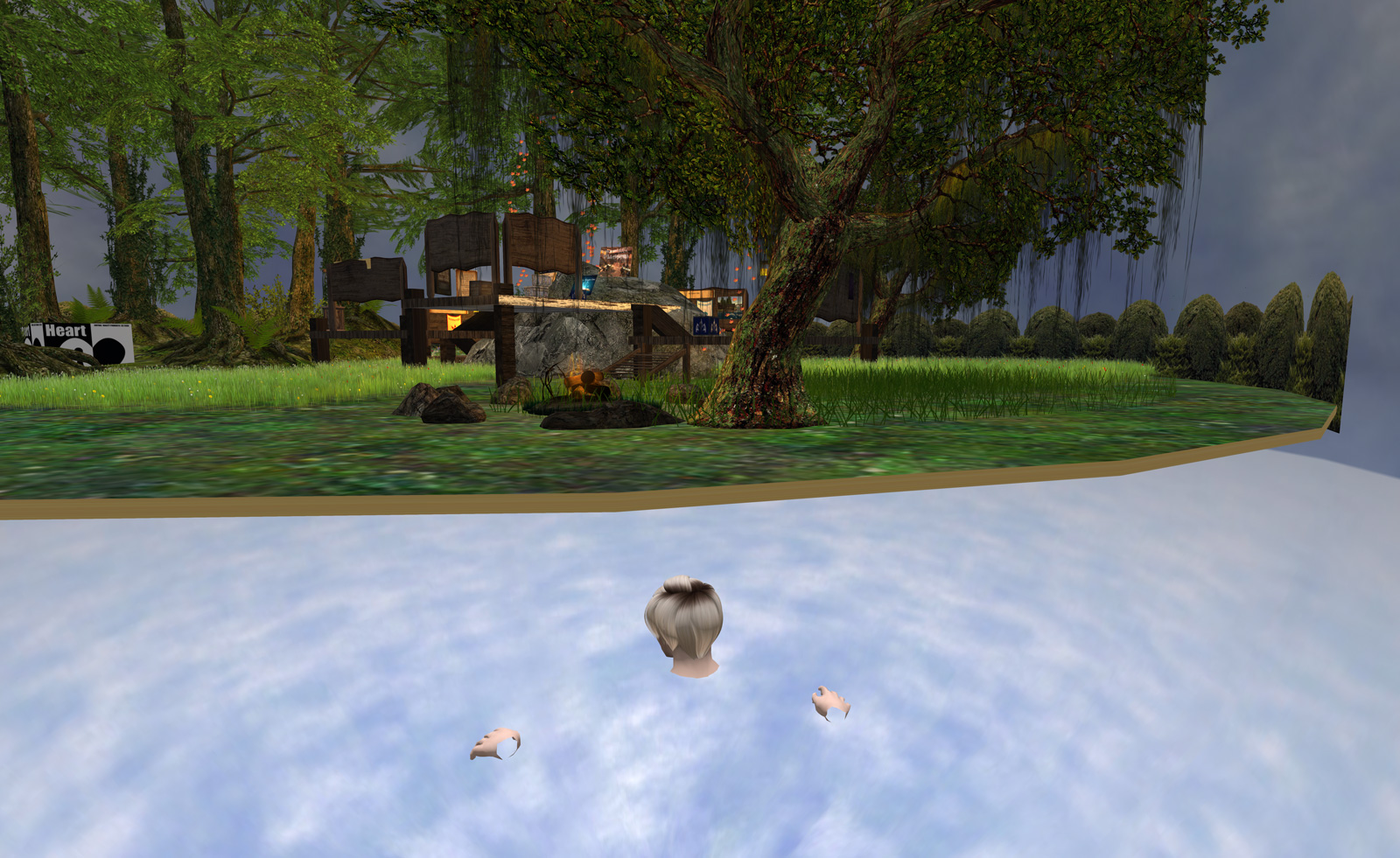
Second Life (still), 2023
Hannah Silver is the Art, Culture, Watches & Jewellery Editor of Wallpaper*. Since joining in 2019, she has overseen offbeat art trends and conducted in-depth profiles, as well as writing and commissioning extensively across the worlds of culture and luxury. She enjoys travelling, visiting artists' studios and viewing exhibitions around the world, and has interviewed artists and designers including Maggi Hambling, William Kentridge, Jonathan Anderson, Chantal Joffe, Lubaina Himid, Tilda Swinton and Mickalene Thomas.
-
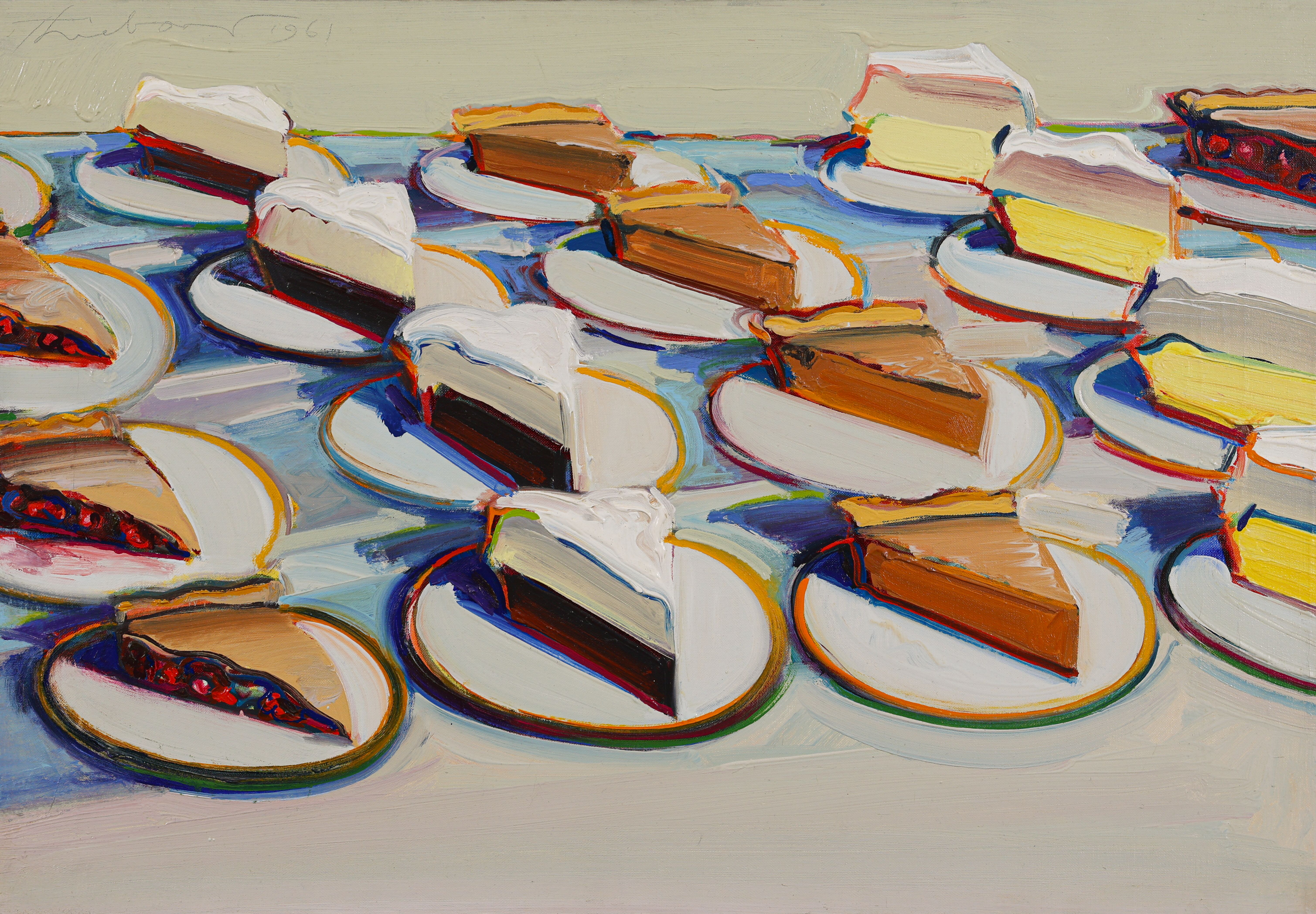 Why are Wayne Thiebaud’s paintings at the Courtauld quite so tempting?
Why are Wayne Thiebaud’s paintings at the Courtauld quite so tempting?The American artist’s thickly painted slices of cake at the Courtauld are some of our favourite artworks seen this year. What makes them so special?
-
 Taiwan’s new ‘museumbrary’ is a paradigm-shifting, cube-shaped cultural hub
Taiwan’s new ‘museumbrary’ is a paradigm-shifting, cube-shaped cultural hubPart museum, part library, the SANAA-designed Taichung Green Museumbrary contains a world of sweeping curves and flowing possibilities, immersed in a natural setting
-
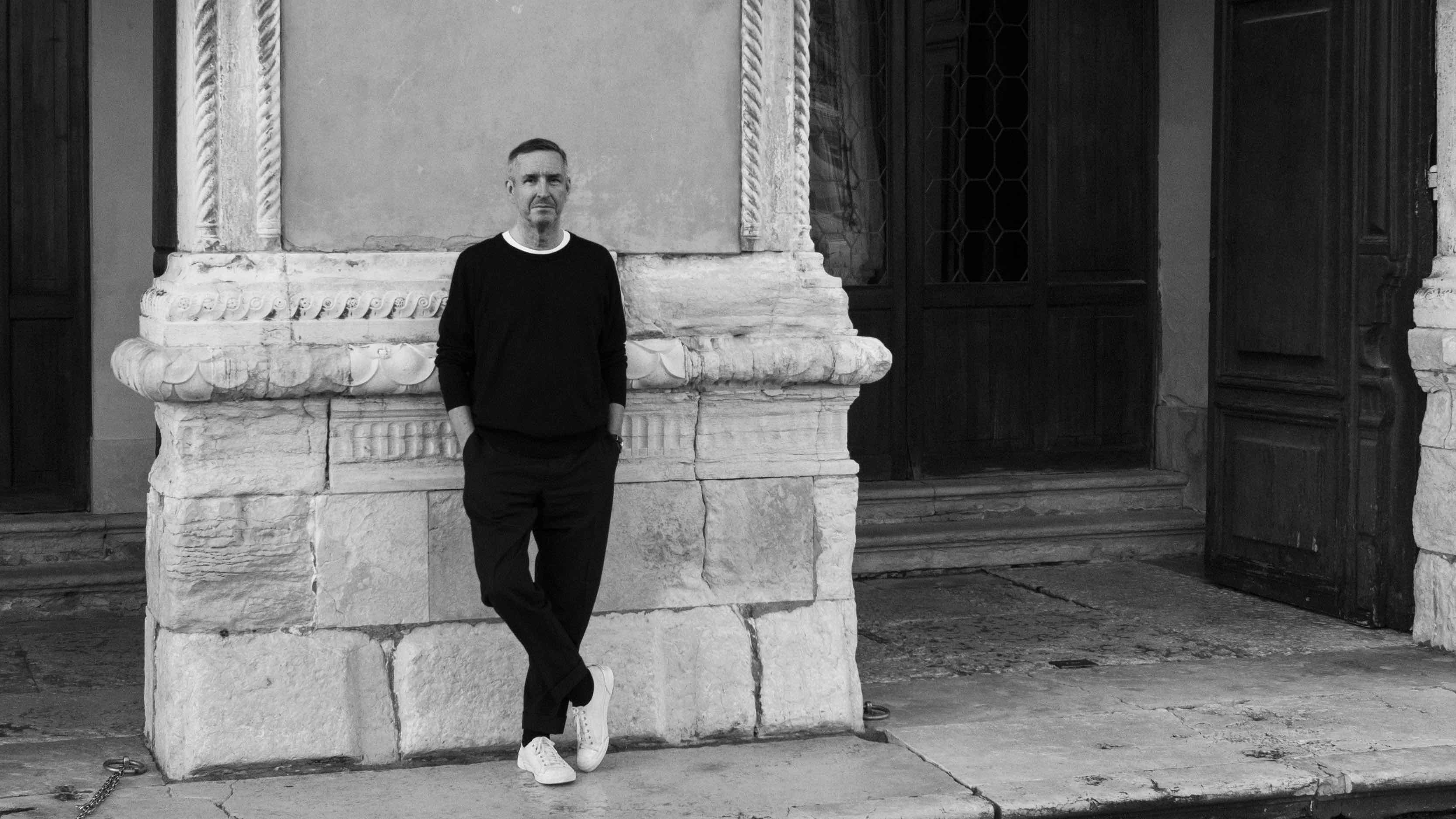 Dries van Noten on why he's building a new home for craft in Venice
Dries van Noten on why he's building a new home for craft in VeniceA year after departing the runway, Dries van Noten unveils his next chapter: the Fondazione Dries Van Noten, a newly announced cultural initiative in Venice celebrating craft in all its forms. Wallpaper meets the designer to find out why he’s not ready to retire.
-
 Out of office: The Wallpaper* editors’ picks of the week
Out of office: The Wallpaper* editors’ picks of the weekIt’s wet, windy and wintry and, this week, the Wallpaper* team craved moments of escape. We found it in memories of the Mediterranean, flavours of Mexico, and immersions in the worlds of music and art
-
 Each mundane object tells a story at Pace’s tribute to the everyday
Each mundane object tells a story at Pace’s tribute to the everydayIn a group exhibition, ‘Monument to the Unimportant’, artists give the seemingly insignificant – from discarded clothes to weeds in cracks – a longer look
-
 Out of office: The Wallpaper* editors’ picks of the week
Out of office: The Wallpaper* editors’ picks of the weekThis week, the Wallpaper* team had its finger on the pulse of architecture, interiors and fashion – while also scooping the latest on the Radiohead reunion and London’s buzziest pizza
-
 Out of office: The Wallpaper* editors’ picks of the week
Out of office: The Wallpaper* editors’ picks of the weekIt’s been a week of escapism: daydreams of Ghana sparked by lively local projects, glimpses of Tokyo on nostalgic film rolls, and a charming foray into the heart of Christmas as the festive season kicks off in earnest
-
 Wes Anderson at the Design Museum celebrates an obsessive attention to detail
Wes Anderson at the Design Museum celebrates an obsessive attention to detail‘Wes Anderson: The Archives’ pays tribute to the American film director’s career – expect props and puppets aplenty in this comprehensive London retrospective
-
 Meet Eva Helene Pade, the emerging artist redefining figurative painting
Meet Eva Helene Pade, the emerging artist redefining figurative paintingPade’s dreamlike figures in a crowd are currently on show at Thaddaeus Ropac London; she tells us about her need ‘to capture movements especially’
-
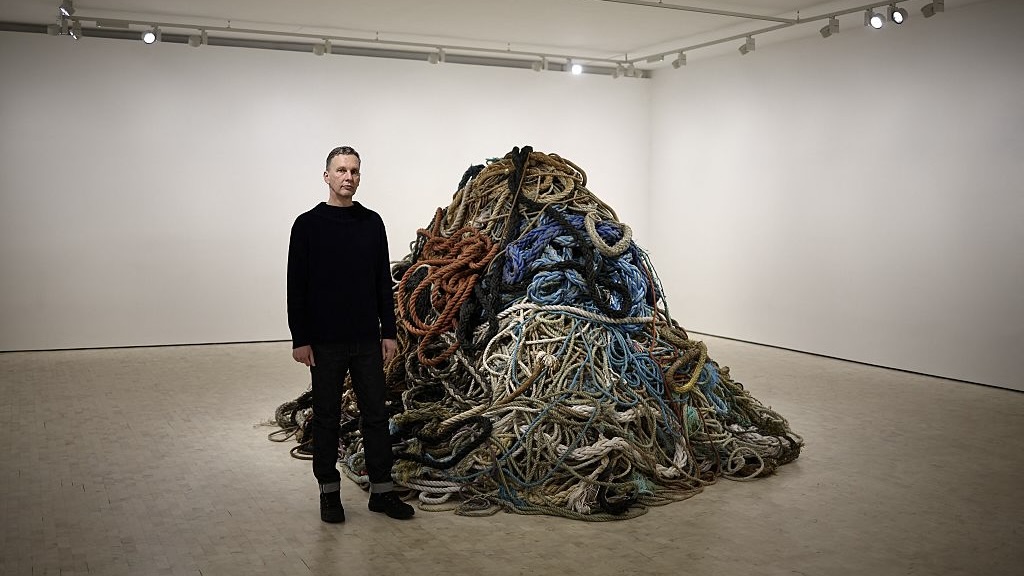 David Shrigley is quite literally asking for money for old rope (£1 million, to be precise)
David Shrigley is quite literally asking for money for old rope (£1 million, to be precise)The Turner Prize-nominated artist has filled a London gallery with ten tonnes of discarded rope, priced at £1 million, slyly questioning the arbitrariness of artistic value
-
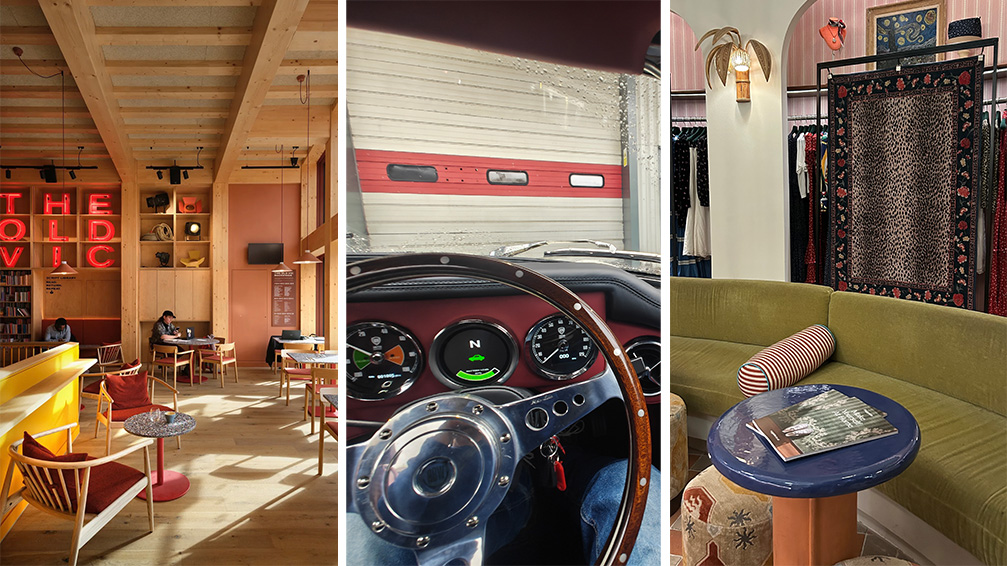 Out of office: The Wallpaper* editors’ picks of the week
Out of office: The Wallpaper* editors’ picks of the weekThe rain is falling, the nights are closing in, and it’s still a bit too early to get excited for Christmas, but this week, the Wallpaper* team brought warmth to the gloom with cosy interiors, good books, and a Hebridean dram